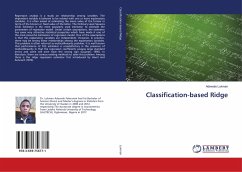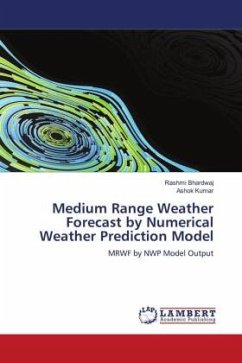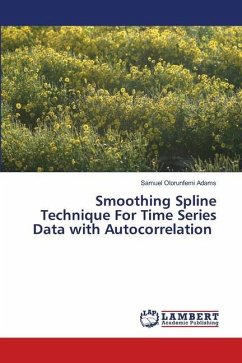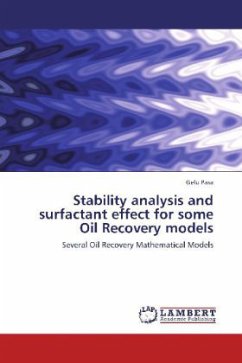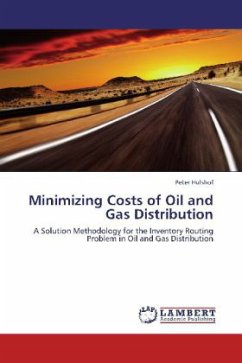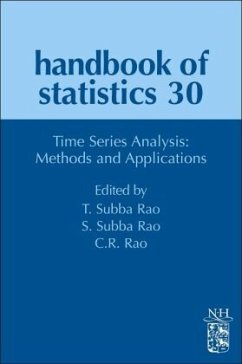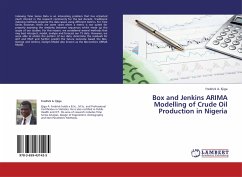
Box and Jenkins ARIMA Modelling of Crude Oil Production in Nigeria
Versandkostenfrei!
Versandfertig in 6-10 Tagen
27,99 €
inkl. MwSt.

PAYBACK Punkte
14 °P sammeln!
Indexing Time Series Data is an interesting problem that has attracted much interest in the research community for the last decade. Traditional indexing methods organize the data space using different metrics. For Time Series however, there are some cases when a metric is not suited for properly assessing the similarity between sequences which made up the scope of our studies. For this reason, we considered several methods that may best interpret, model, analyze and forecast our TS data. However, we were able to obtain the pattern of our data, determine the residuals for ACF and PACF and furth...
Indexing Time Series Data is an interesting problem that has attracted much interest in the research community for the last decade. Traditional indexing methods organize the data space using different metrics. For Time Series however, there are some cases when a metric is not suited for properly assessing the similarity between sequences which made up the scope of our studies. For this reason, we considered several methods that may best interpret, model, analyze and forecast our TS data. However, we were able to obtain the pattern of our data, determine the residuals for ACF and PACF and further predict the future outcome based the Box, George and Jenkins, Gwilym Model also known as the Box-Jenkins ARIMA Model.




